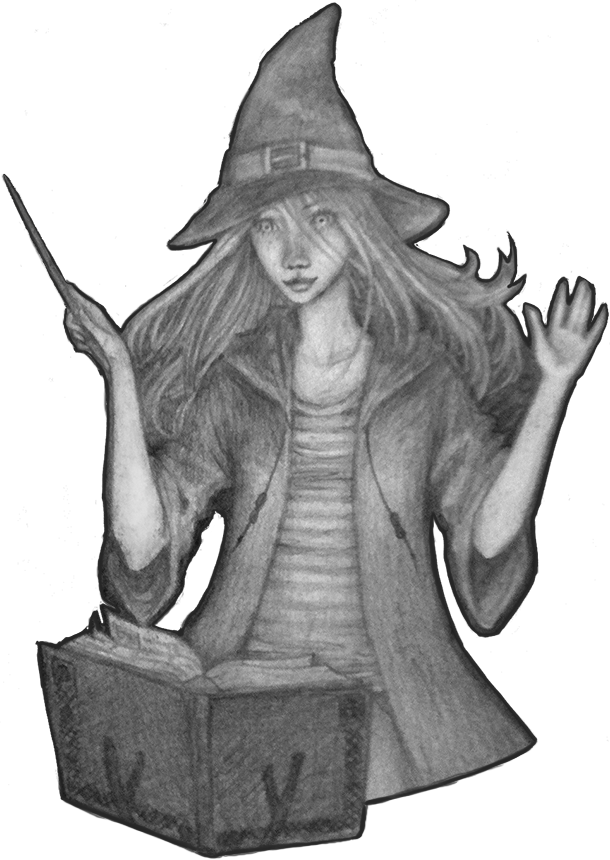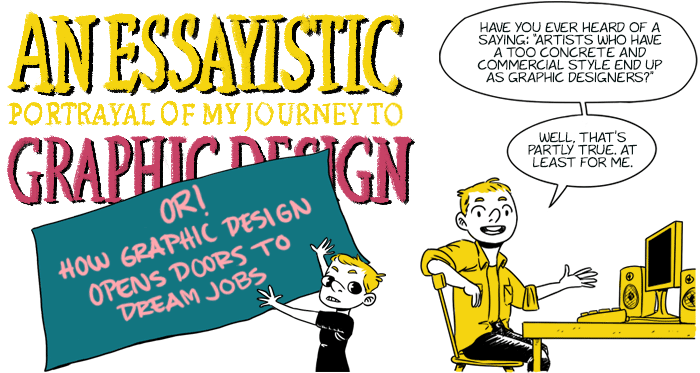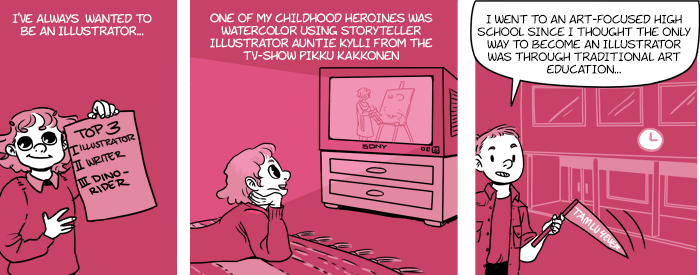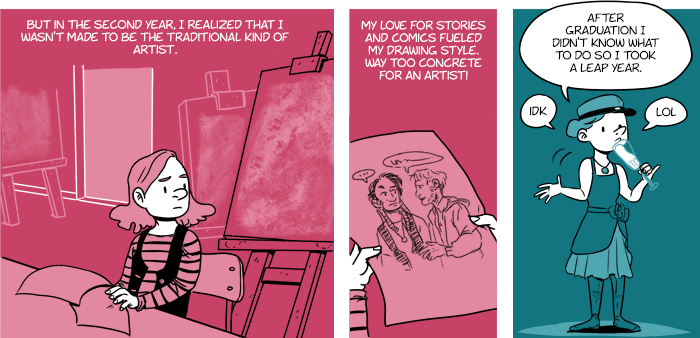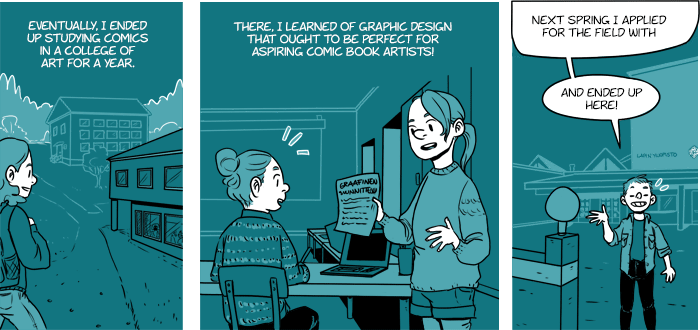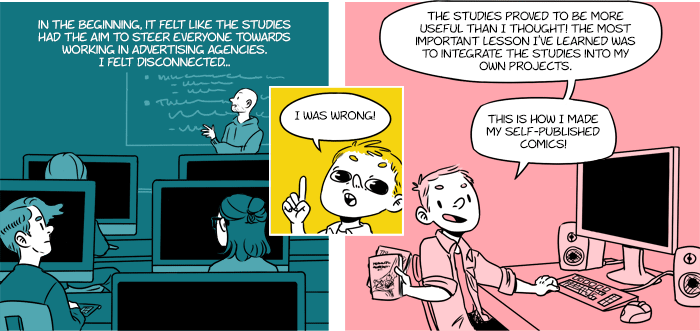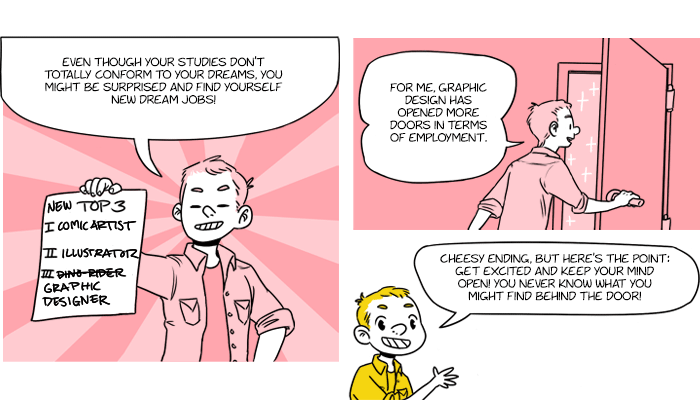

Unforgettable is the beginning of UMG. It seeks to map out the backgrounds that sparked the interest for visual communication in our production team. It tells you where we come from and how we’ve been prepared for what is to come.

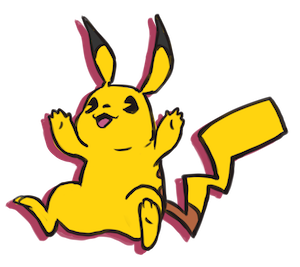
Text Meri Aisala
Illustration Veera Tolvanen & Liina Hautakoski

The millenials have been dubbed to be the most nostalgic generation in the history. We still live in an era that hasn’t been especially defined or named – it’s safe to say no one is using the terms “10s” or “the twenty-tens”. Our generation, grown up in the turn of the century, has an unusually high interest in our own history. #ThrowbackThursday encourages us to publish old pictures of ourselves and the cartoons from our childhood warm our hearts. Where is this phenomenon coming from?
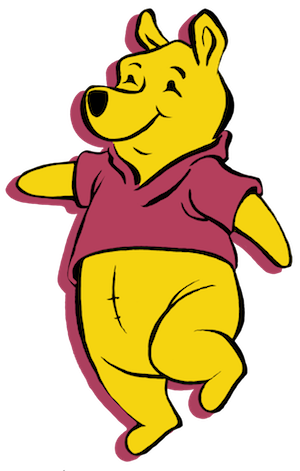

Janelle L. Wilson defines “nostalgia” in her book “Nostalgia: Sanctuary of Meaning” to come from the Greek word for homesickness. The term “nostalgia” brings up thoughts of “the good old days”, often remembered through rose-tinted glasses that make everything seem better than it really was. This longing for the past is an interesting contradiction to the general idea of all-time-growing development. Isn’t the world supposed to become better through new inventions and a more civilized society?
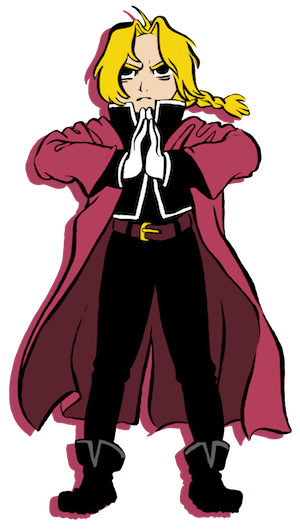
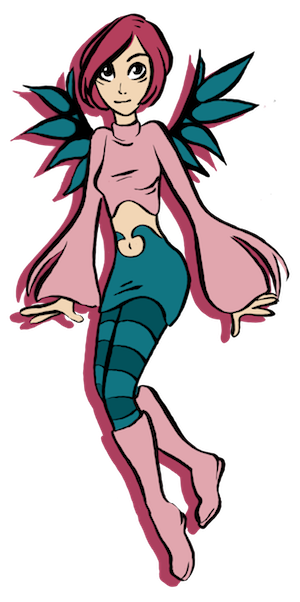
It is possible, that we experience heavy nostalgia and a draw to the turn of the century because the changes in the world have been more dramatic than those for other generations before us. The mainstreaming of the Internet made the environment we grew up in unbelievably different from anything that had been seen before; we literally grew up side by side with it. The smartphones came out of nowhere, representing the technology that seemed to be way ahead of its time, and we were ready for the world of media they offered, since technology was already a part of us.
Slowly downloading pictures has turned into HD-streaming and the world is at our grasp. Why is it then, that so many people want to reminisce on noisy and slow phone-connected Internet, clumpy and edgy 3D game graphics and old cartoons form the morning TV?
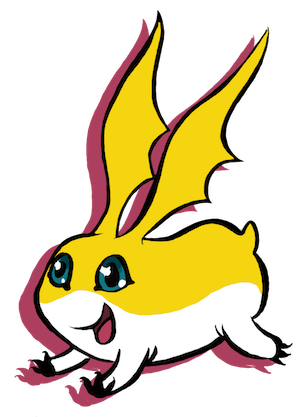
These things are the building blocks of our collective media identity, and have a huge effect on the way we interpret the world around us. We are the first generation to have considered a computer at home as a norm. The fast development of technology during our lifetime has made us more adaptable to new inventions than those generations before us because the logic of user interfaces has been lodged in our spines trough experience.


The sound of the dial-up Internet or the sight of old video game characters causes a nostalgic reaction in most of us. These things remind us of our childhood, and at the same time point out how far we’ve come with technology in our lifetime. Many of us feel a sense of pride for what we’ve been through, having to hang up the phone in order to access the Internet and other challenges of outdated technology that tested our patience. It is tempting to tell kids these days how much easier they have it compared to the experiences we had in our youth. Maybe in some way we feel like these “challenges” made us grow up stronger.


The constant development of the modern days is also leading to fast expiration of culture and things are becoming nostalgic quicker than ever. Where the people of 80’s were nostalgic about the 50’s, these days people can get nostalgic of something not further than from a decade ago. If we compare changes in technology from the 1950’s to the 1980’s, the difference is smaller than comparing those from 1990 to 2010.
The era of cartoons, comics, games, tv-shows and picture books that we grew up in has lit the fire in many of us to end up in the field of graphic design. We use all these things familiar from our childhood, unconsciously or not, in our design work. The trends in design today wouldn’t be the same if they weren’t created as a reaction to the trends of the past, whether it be as a tribute or an objection.
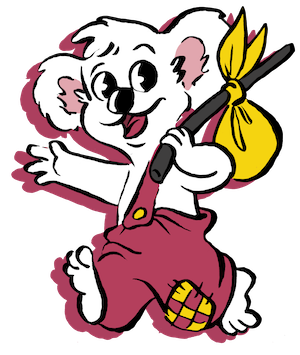

References:
Wilson, Janelle L. (1968) Nostalgia: Sanctuary of Meaning
Spratt, Vicky (2016) Why Are Millenials the Most Nostalgic Generation Ever?
Dua, Tanya (2015) Why millenials are afflicted with 'early-onset nostalgia'
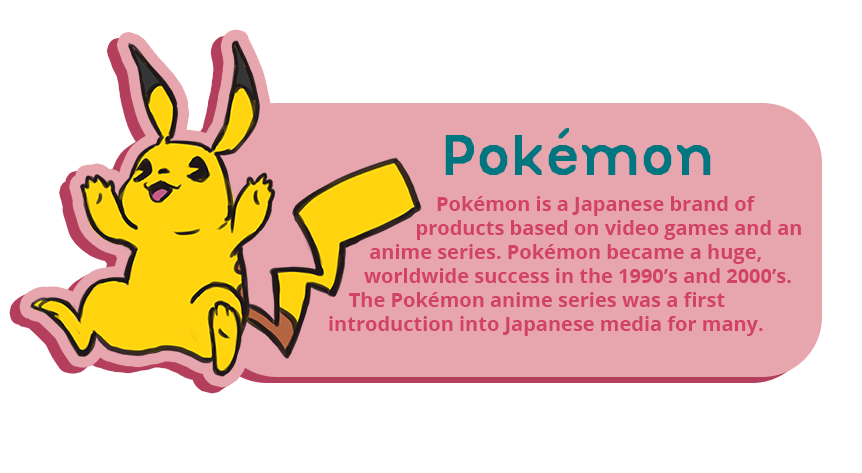
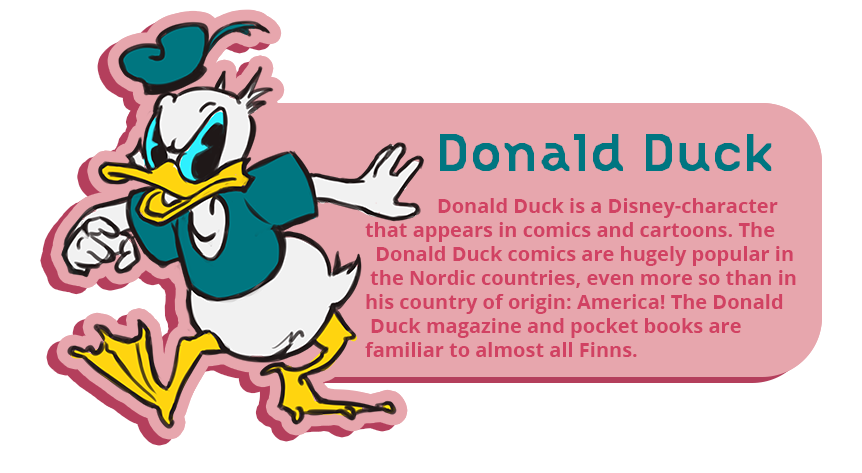

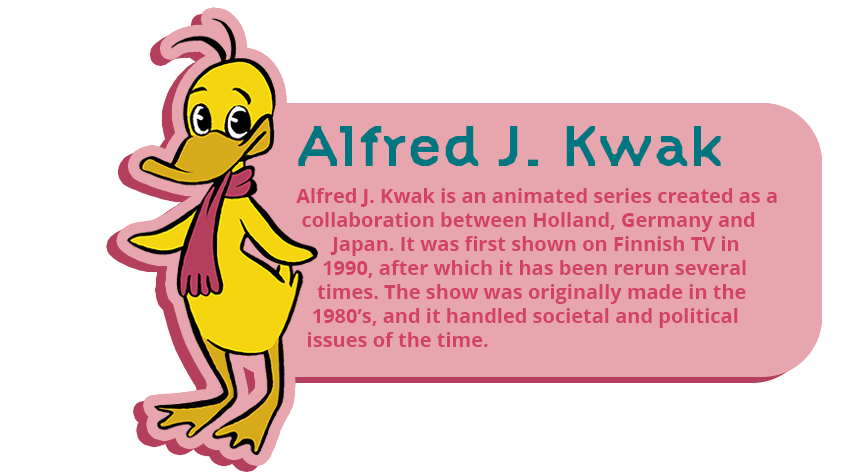
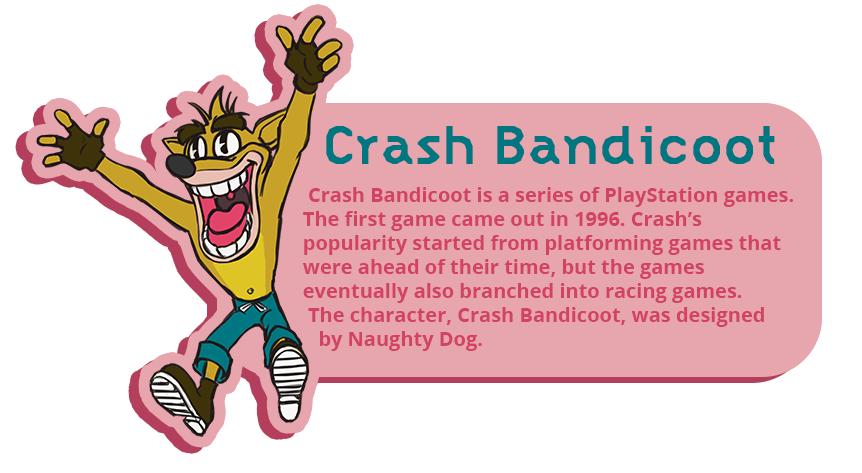
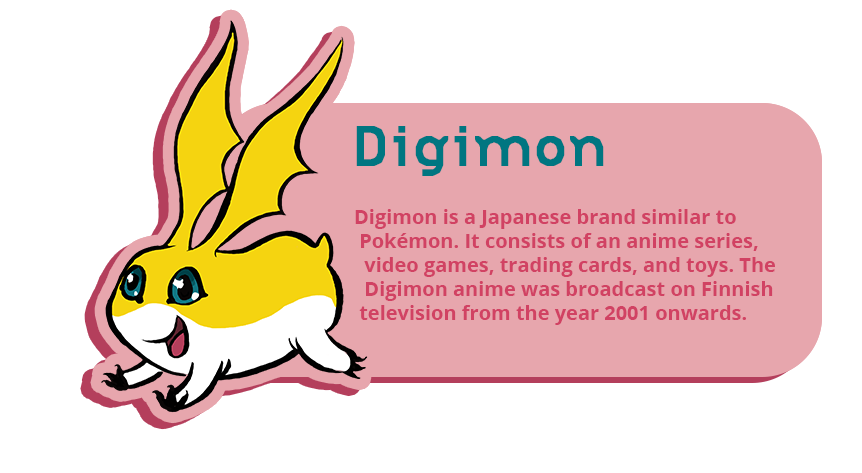
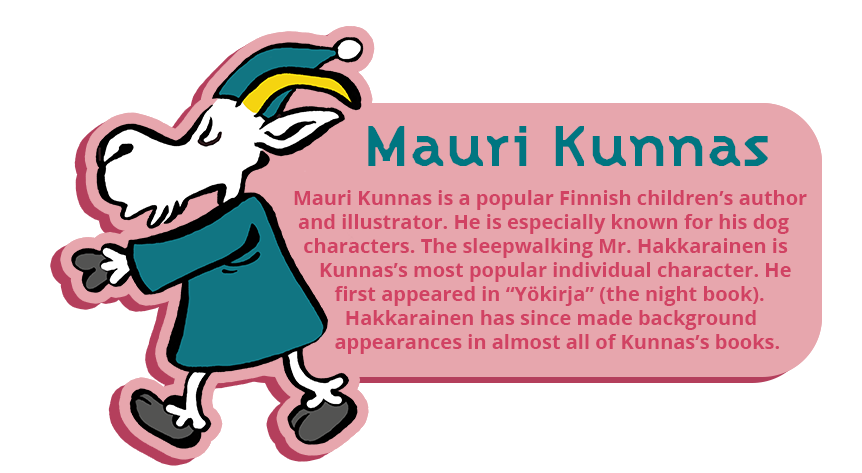
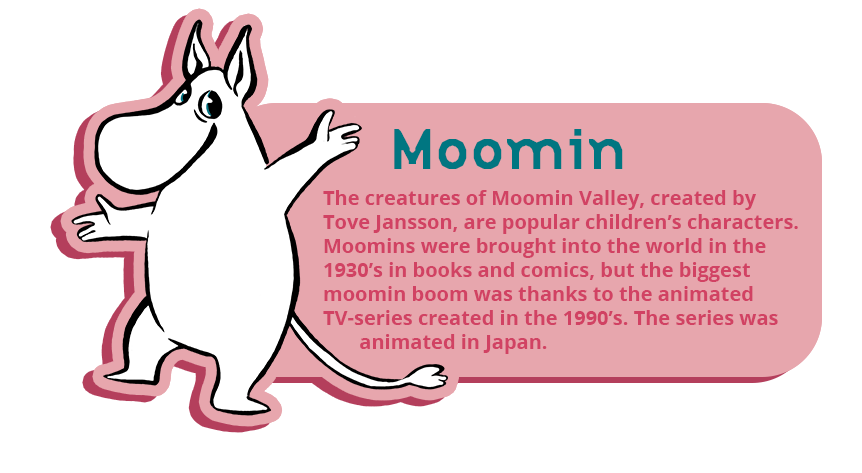
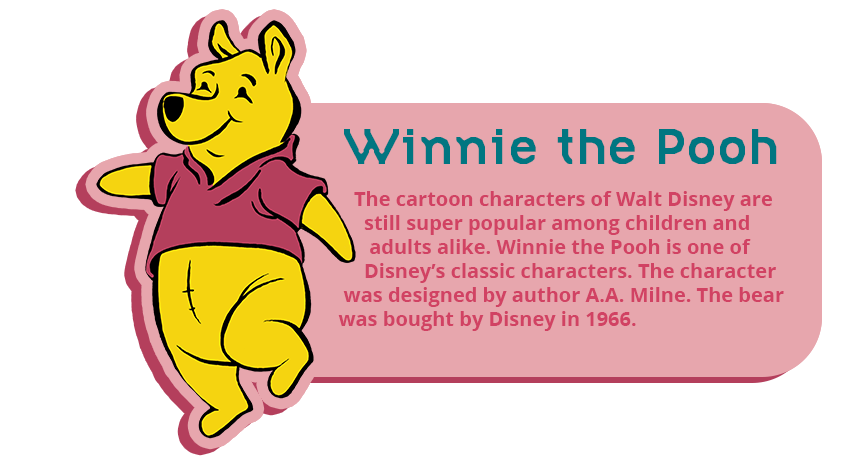
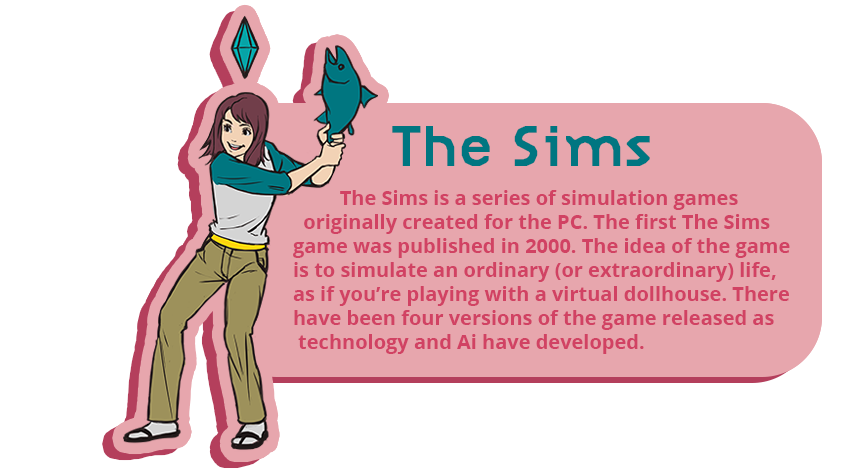
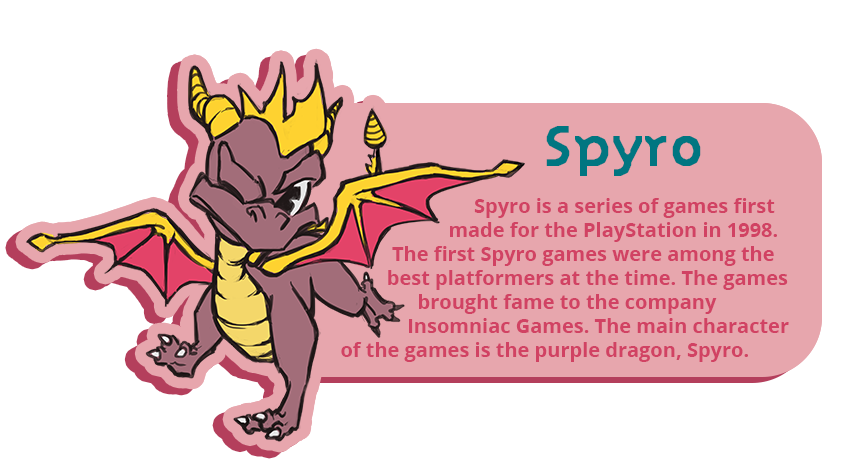
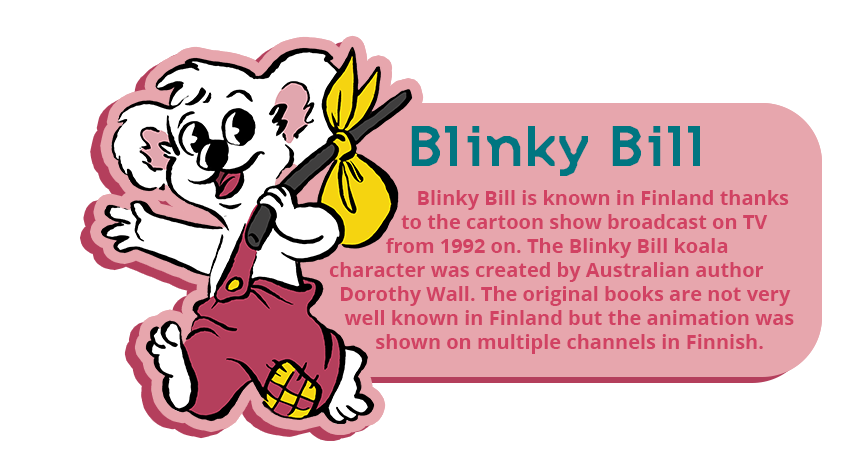



I persuaded my graphic designer friends
to dig up their old drawings and create
them again in their present style.
Text Veera Tolvanen

“You’re so gifted!” is a compliment that anyone with even a little drawing experience has heard at least once in their lifetime. Strangely enough, this sentence is usually uttered by people who don’t have a deep affiliation with art or design.
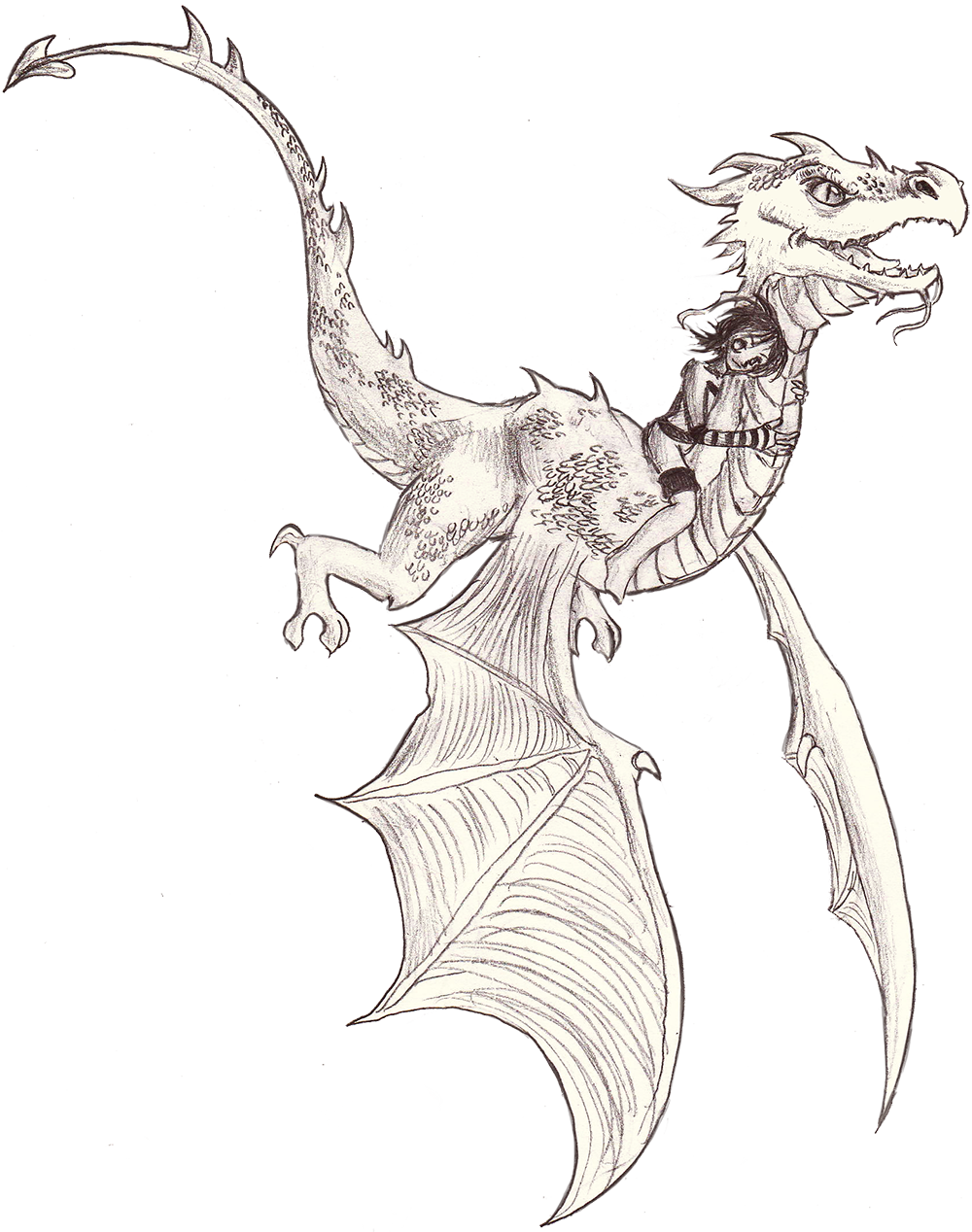
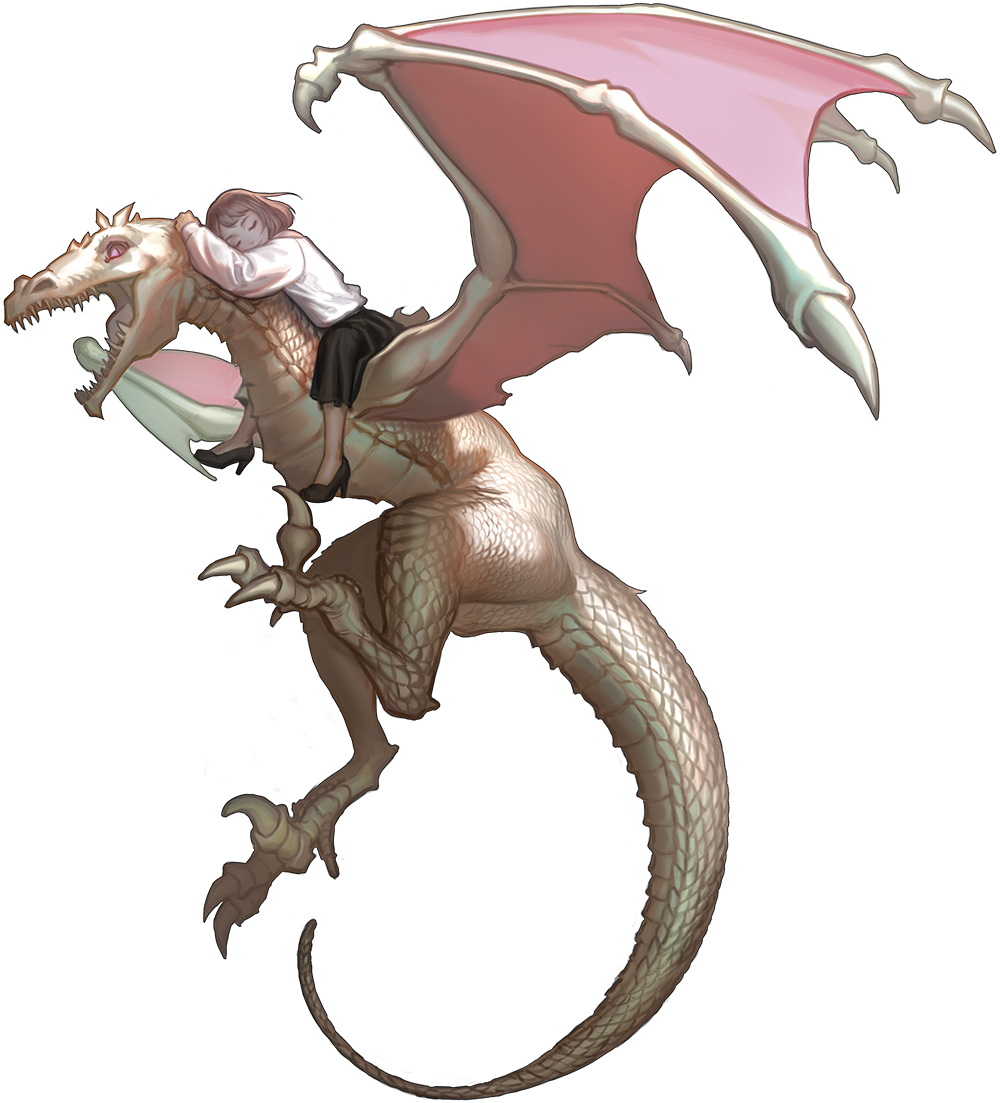



We, who have adopted creativity as part of us, often look at our work from a different perspective that is more or less critical. This way of being hard on ourselves probably stems from the knowledge that drawing, as well as every kind of artistic capability, is not just a gift, but the result of hard work.
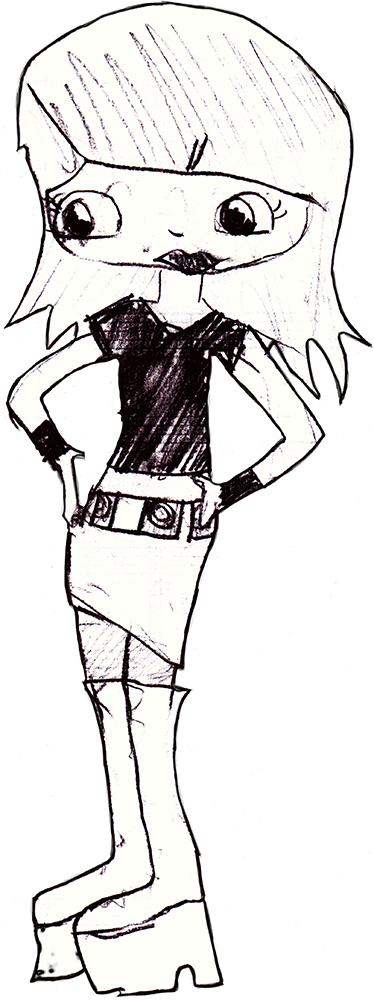
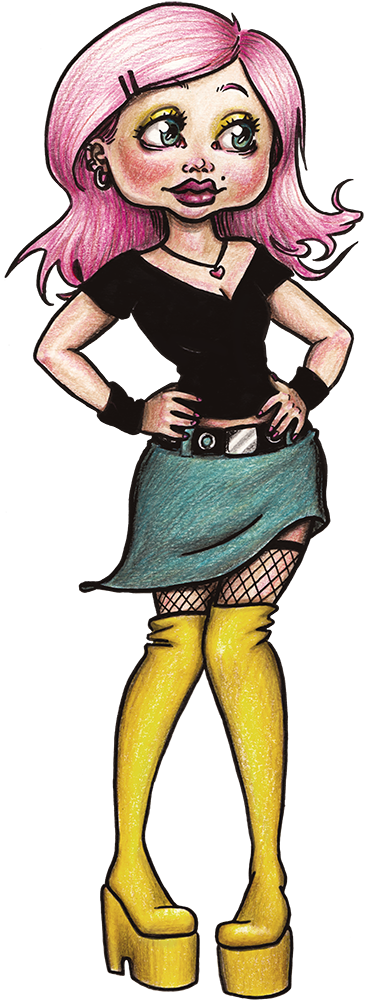



In creative work, the will to improve manifests as self-criticism. This is both a win and a loss, as it prevents us from being truly satisfied with our creations, but also pushes us to improve by showing us where we could do better. Healthy self-criticism shapes us towards being the professionals we strive to become.
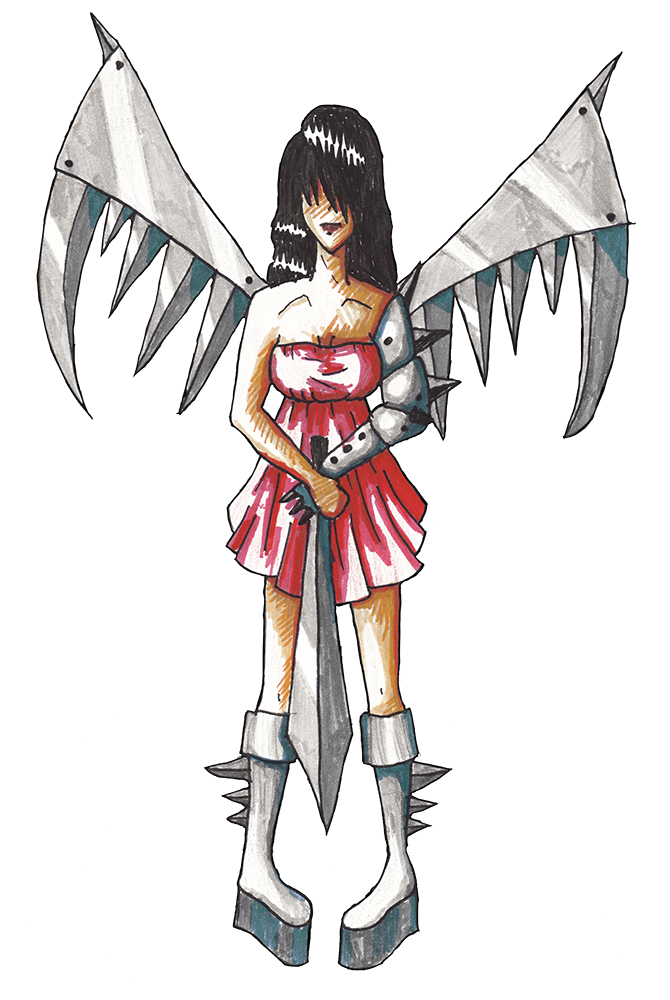
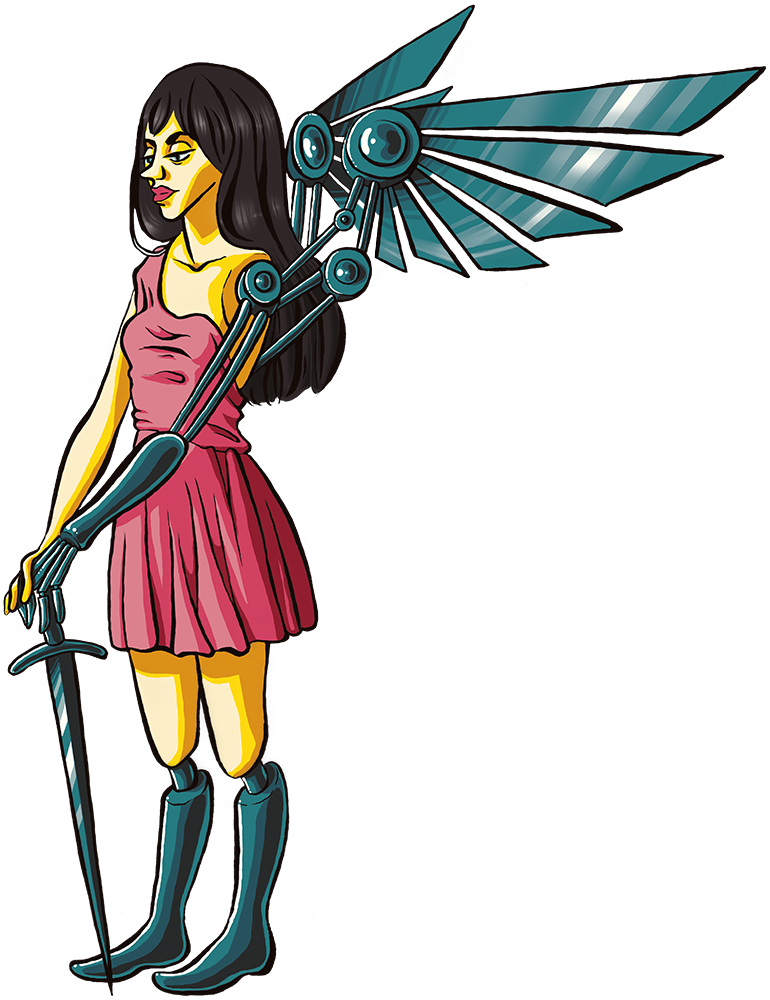



Improving your skills feels great, and the best way for an artist to see their journey, is to travel backwards in time to those drawings that have been spared from being thrown away in shame. Although these old artworks probably received praise from our loved ones at the time, it is hard to find a graphic designer who doesn’t wince at the sight of these ancient depictions of dragons and sword-carrying babes.
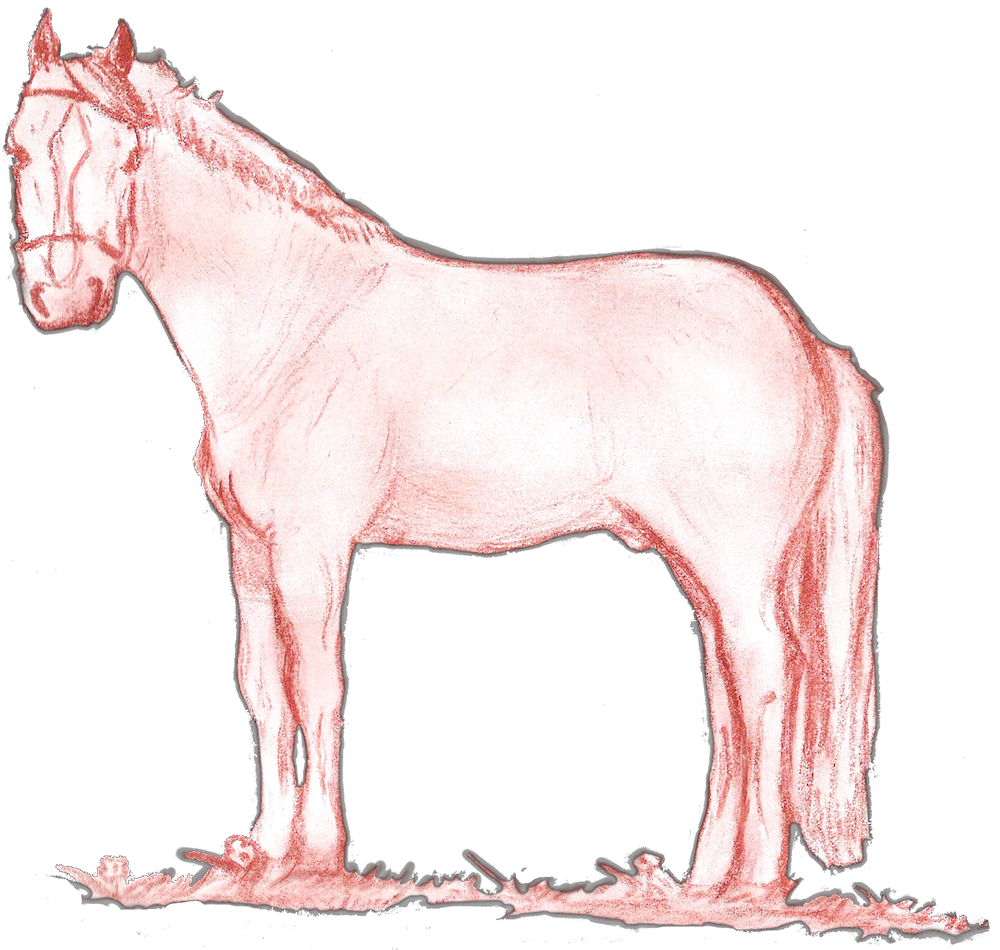
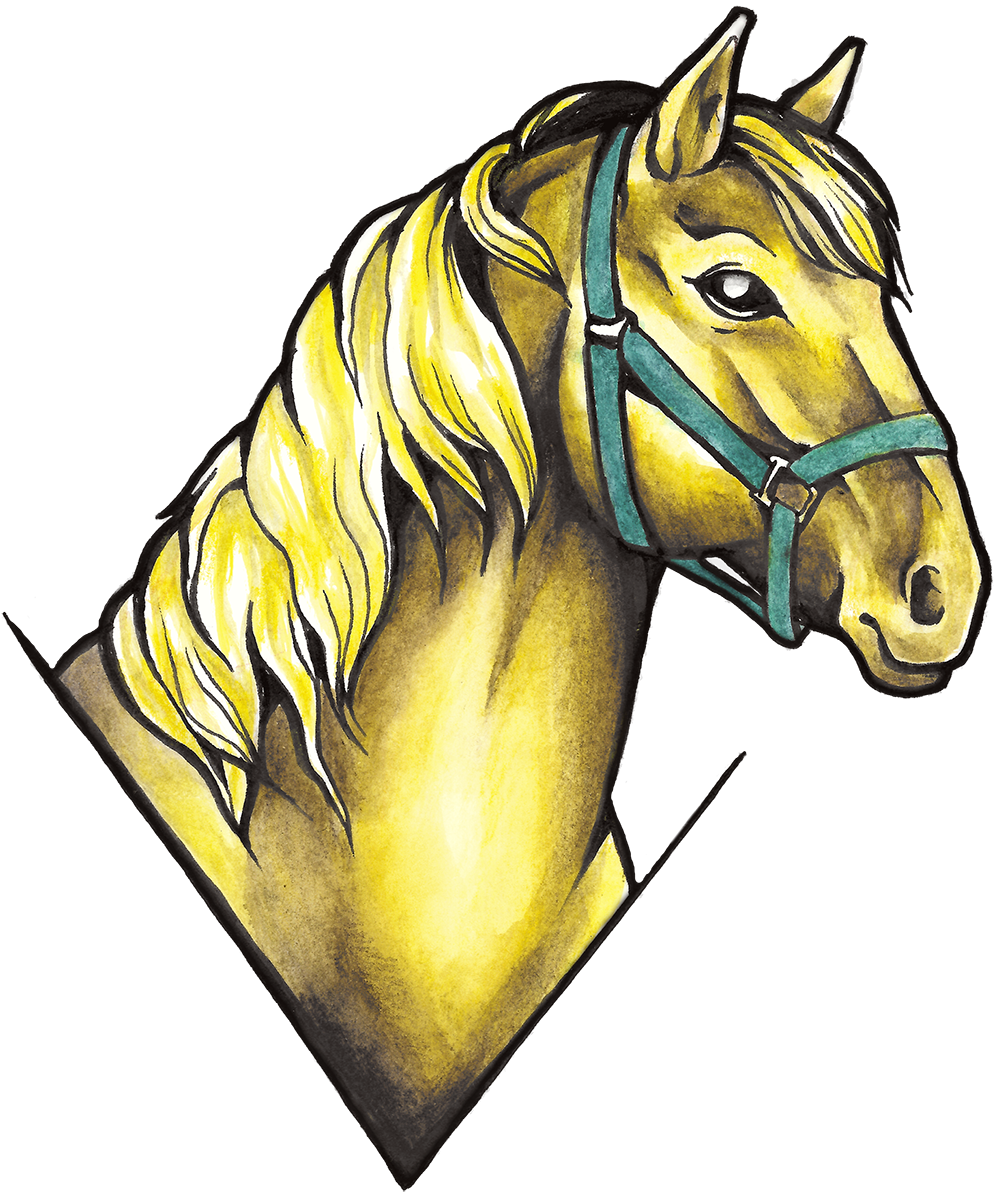



In the drawing makeovers born of this mini project, you can clearly see each participator’s individual progress and the stylistic path they have chosen. You can see everyone’s story: the fight that brought about their own unique identity as an illustrator.

